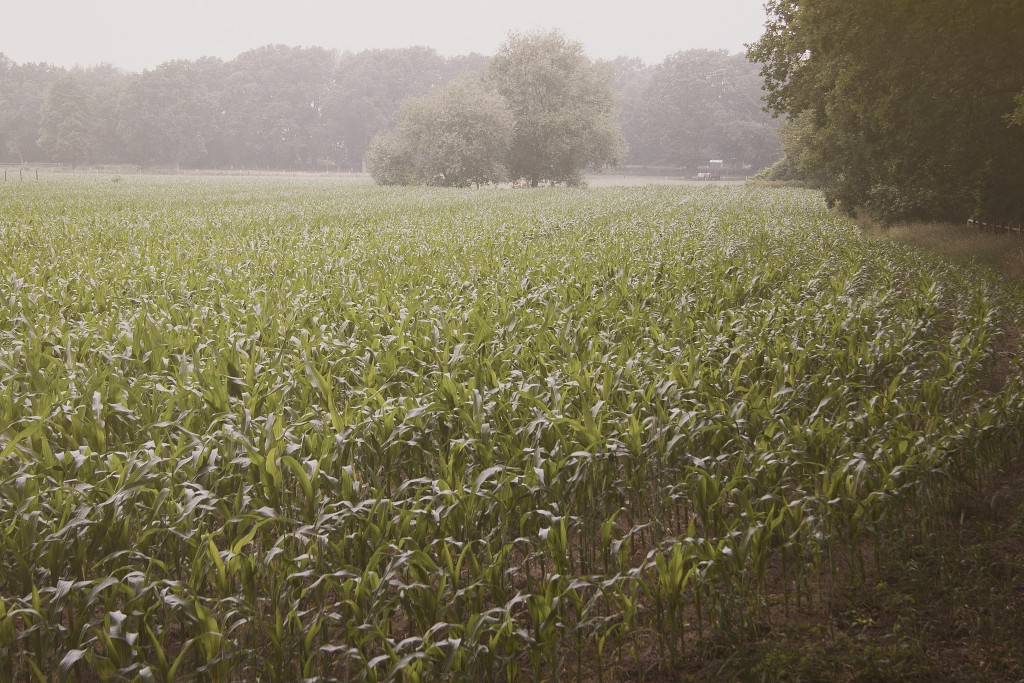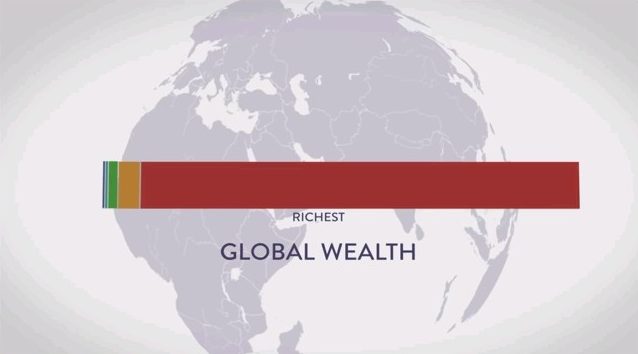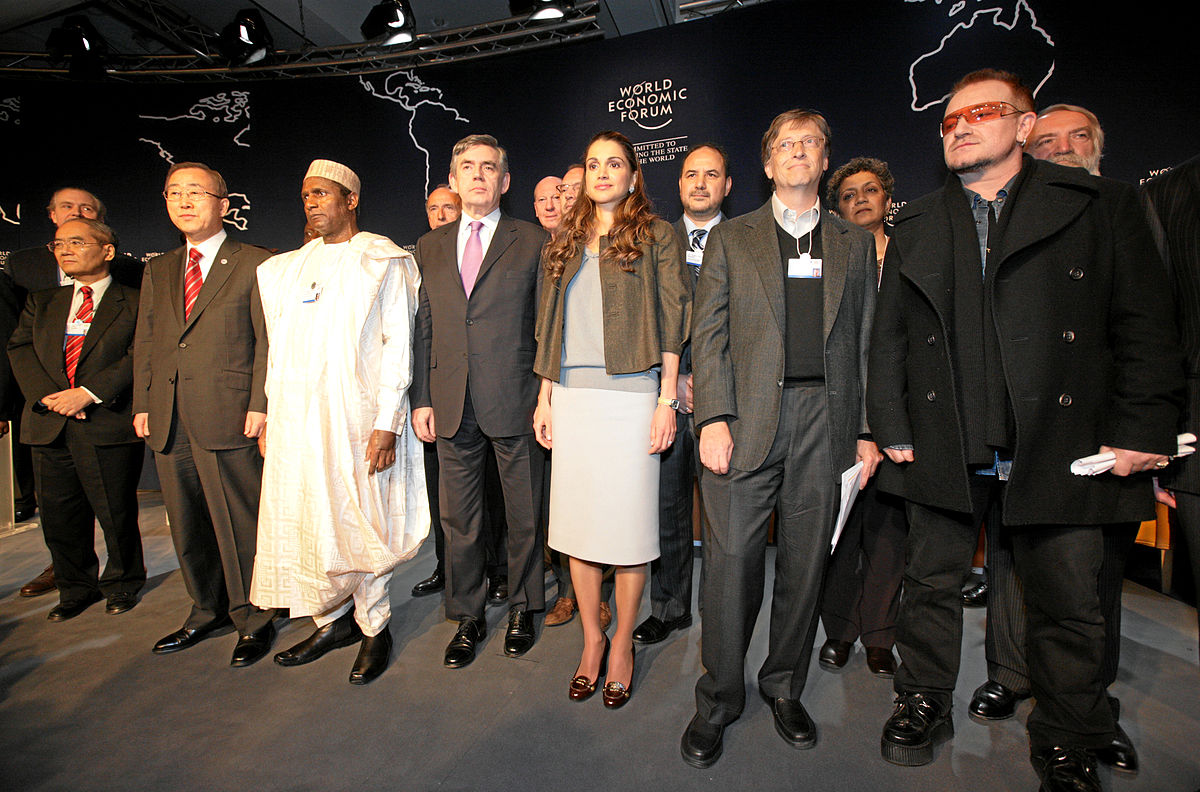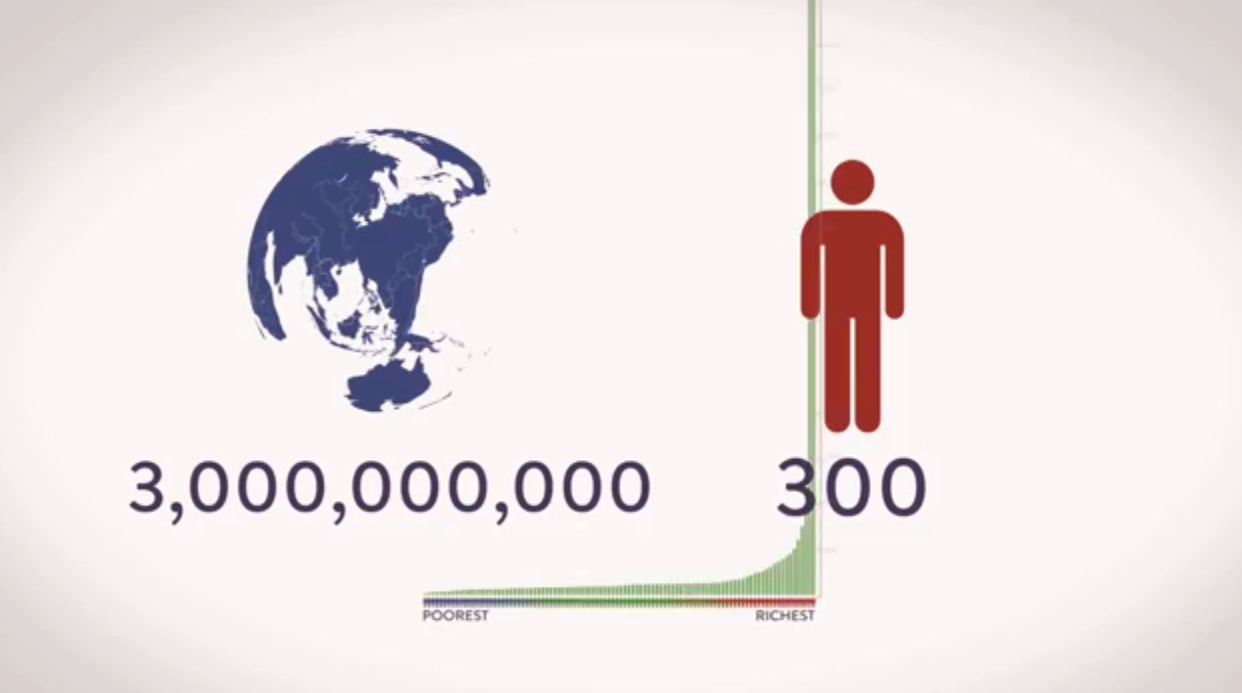
How much longer do you hope to live? How long do you hope your children or grandchildren will live? Do you think you or your loved ones will live 60 more years? If so, you’ll be around to witness the end of food production on the planet. Unless, that is, we become conscious of the crisis and evolve.
According to a recent United Nations FAO report, due to human ecological malfeasance we have only 60 harvests left on this wasting planet. That’s it: 60 more years of food and then the industrial agribusiness frenzy is over. And it might actually be far worse: the just-issued report of the Environmental Audit Committee of the British House of Commons warned that “Some of the most productive agricultural land in England is at risk of becoming unprofitable within a generation through soil erosion and loss of carbon, and the natural environment will be seriously harmed.” Indeed, in some places it’s already happening. Food systems around the world are breaking down, and the resulting food shortages have led to wars and revolutions. Starving people are risking everything as they flee to areas where there is still food. Why is this happening?
It’s simple: business interests chasing enormous short-term profits have waged war against the productive topsoil of the planet, and we’ve already lost between 50% to 75% of life-sustaining soils worldwide. Using chemical pesticides and fertilizers, industrial agribusiness is burning through 10 tons of soil per hectare per year of cropland, which is soil loss that is up to 20 times the amount of food being produced on that land. And what do we get for that? We get food fit for factory farming and factory nations.
Why would humans destroy the very soils that have long sustained civilizations? The First Peoples of North America have an explanation for this form of suicide: the wetiko psychosis. Wetiko, also known by some First Peoples as wendingo, is a cannibalistic spirit that devours the flesh of humans or, ecologically, eats the flesh of Mother Earth. Like all memetic thought-forms, wetiko is transferred from person-to-person or through larger cultural forces through values, beliefs, ideologies, behaviors and practices. The wetiko psychosis, then, is the mental derangement that leads our species to consume life-giving soils, and some will say that the psychosis is caused by spirit possession. Others might say it’s caused by governments under the control of indifferent corporations that enslave and crush the spirits of the free. And others might say it’s the result of clever marketing or meme warfare. But it’s the wetiko psychosis we’re seeing: the diagnosis is clear.
“Why would humans destroy the very soils that have long sustained civilizations?”Just like families that suffer with deranged family members, the family of life on this planet suffers from our collective wetiko psychosis. Eighty percent of life, as measured by the biomass of all organisms alive today, finds their home in the soil. Earthworms, nematodes, fungi, protozoa, bacteria, and more work together to create a “soil food web” that delivers water and essential nutrients to the plants that we see growing atop the land. They form the life bridge between the inert chemistry of the planet and the biological processes that make Earth a living planet—that make our planet Gaia. Wetiko-deranged humans, however, rip apart and poison the soil food web—dismantle the life bridge—thereby diminishing the complexity and vitality of the nutrient-delivery system. Want to see what that looks like? Consider these two photos, taken by the authors on the same day in a field near their farm in Costa Rica.

Regenerative cassava field during a drought.

Conventional cassava field during a drought
These two fields were part of an experiment comparing industrial/chemical agriculture with regenerative agriculture. The fields were planted side-by-side with the same crop—cassava—and the fields were essentially identical at the start of the trial. Same starting soil, same geography, same farmers, same crop, same water, and same sunlight. At the time of planting an unprecedented drought hit the region: even though the test sites were in a rainforest region, there was no rain for six weeks.
As the photos reflect, one field survived while the other suffered massive plant death. The field that survived was the regenerative field, so neither chemicals nor pesticides were applied to it. The other field—the dead zone—was treated with agrochemicals in accordance with agricultural best practices in Costa Rica.
As the drought occurred immediately after planting the first crop in the experiment, we could not attribute the failure in the dead zone to diminished soil organic matter. If anything, the dead zone started with slightly better soils, and even slightly better populations of soil microorganisms. After the chemicals were applied, however, the microorganism populations in the dead zone—both bacteria and protozoa—plummeted, while in the regenerative site those microorganism populations rose. Those were the only differences between the fields, and it appears that the health of the soil food web in the regenerative field was enough to protect plant life during the severe drought.
Drought is the new normal. Farmers must contend with increasing and unprecedented weather extremes caused by climate change. We need all the help we can get, and the unseen trillions of microorganisms in a healthy field are there to help us weather the storm and to rebuild damaged soils. This can only happen once we see the forces of wetiko at work and dismantle its root cause in our culture, in our communities, in our governments, in our corporations, in our relationship to the Earth, and of course, in ourselves.
Authors
Tom Newmark is co-owner, along with Steven Farrell, of Finca Luna Nueva Lodge in Costa Rica, a Demeter-certified Biodynamic farm and ecolodge that teaches regenerative agriculture. They are also co-founders of Semillas Sagradas, the foundational garden in the international Sacred Seeds Project, that unites and supports living seed banks in medicinal plant gardens throughout the world. Tom is also board chair of the Greenpeace Fund USA, board chair of the American Botanical Council, the co-founder and board chair of The Carbon Underground, and a co-founder and steering committee member of Regeneration International.
Steven Farrell is co-owner, along with Tom Newmark, of Finca Luna Nueva Lodge in Costa Rica, a Demeter-certified Biodynamic farm and ecolodge that teaches regenerative agriculture. They are also co-founders of Semillas Sagradas, the foundational garden in the international Sacred Seeds Project, that unites and supports living seed banks in medicinal plant gardens throughout the world. Steven has been an organic farmer in Puerto Rico, California, and Costa Rica for 40 years. He is a leader in the Biodynamic movement in Costa Rica, where he created a Biodynamic teaching center at Finca Luna Nueva. He is active in rainforest conservation on the Caribbean slope of the Costa Rican rainforest.









Huge respect to these authors for managing to communicate the profound complexity of our inter connectedness with all life in his short article. Exposing this truth, this knowledge of our total dependence on the exquisite balance of microbial soil life for our welfare, to those blinded by the aletrnative facts peddled by the drivers of the global minority economy, is surely our most urgently required work. Thank you for your generous contribution.
I would love to introduce and drive these concepts in my home country!